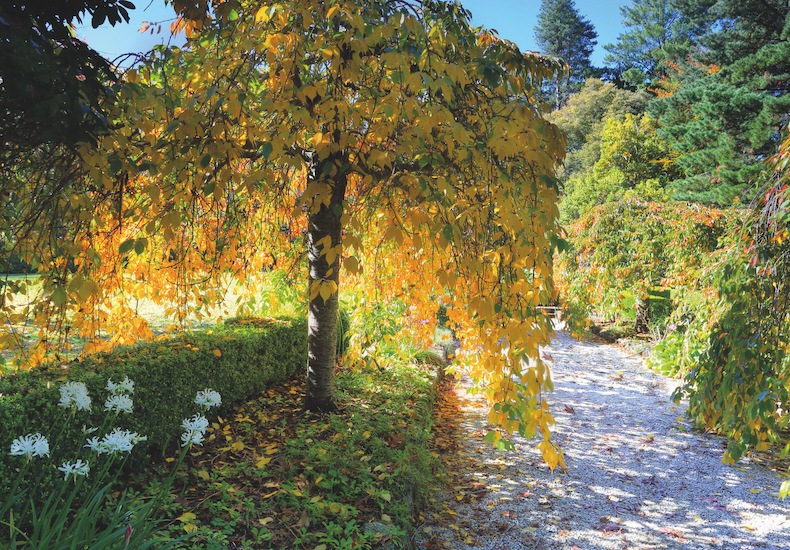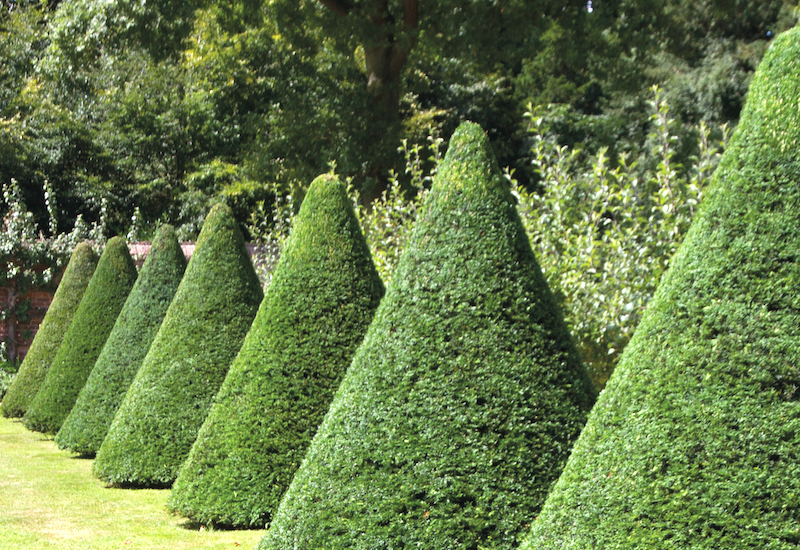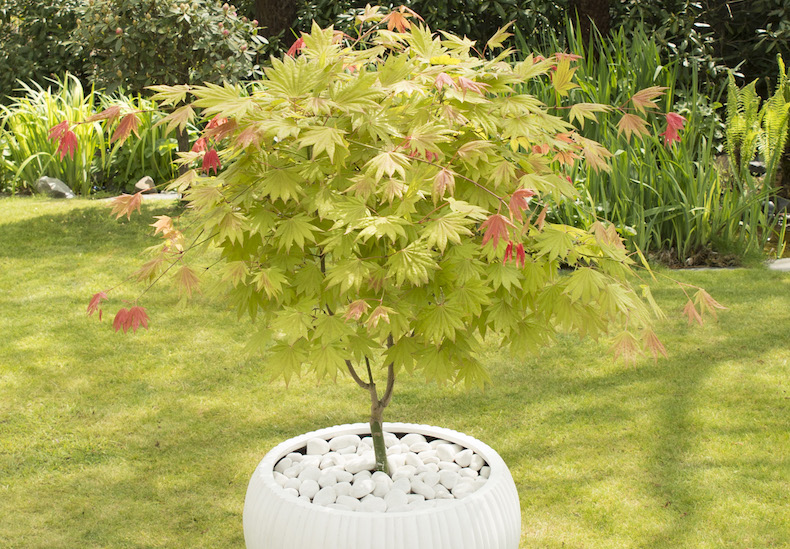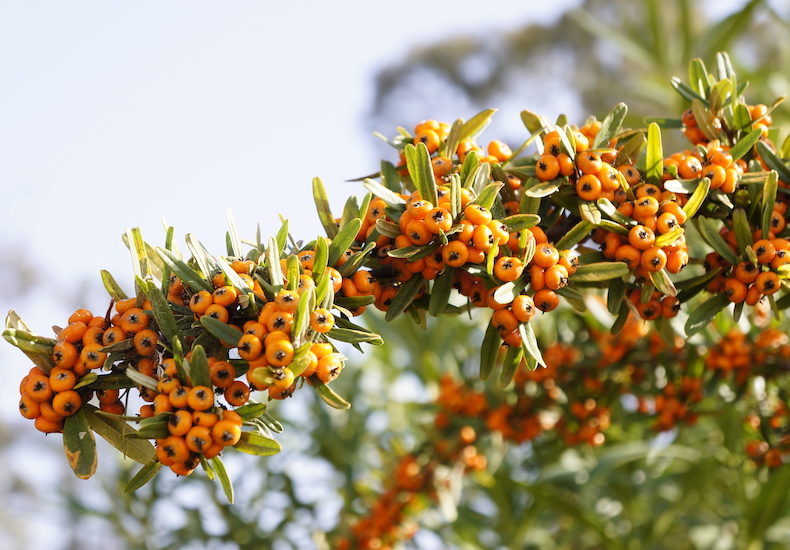Beyond hedges: more ways to use hedging plants

Silver birch can be planted as a hedge or used as a specimen tree
Image: Silver birch hedging from Thompson & Morgan
If you like the sound of a copper beech hedge, blackthorn screen, or formal line of perfectly coiffed yew, but lack the need for a hedge at home, there are plenty of other ways to incorporate these special plants into your garden.
Hedging plants can be bought individually and grown as large architectural items in your borders. By their very nature they can be trimmed regularly to manage their shape and restrict their height. Many can also be grown in large containers. Here we take a look at how to grow hedging plants as single ornamental pieces.
What is bare root hedging?

Yew can be grown as a dense hedge or shaped into single topiary bushes
Image: English Yew hedging from Thompson & Morgan
As the name suggests, bare root hedging refers to the hedging plants we sell as bare roots (not in a pot of soil). As well as offering bundles of roots in different quantities for those who wish to plant a full hedge, we also sell bare root hedging products singly. While it’s marvellous to be able to create a living, breathing hedge as a screen or boundary in your garden, never underestimate the value of planting a single tree as a focal point to add structure.
Late autumn to early spring is the perfect time for planting our bare-rooted trees and hedging plants; it’s time to make a bold decision and add a new focal point to your garden.
How to use hedging plants singly

Acers make a great focal feature when grown in containers
Image: Acer shirasawanum 'Moonrise' from Thompson & Morgan
The easiest way to get the best from single hedging plants is to plant them in large patio containers. Restricting the size of the plant’s roots stops it growing too big with the added advantage that you can move it around whenever you like.
Acers are perhaps one of the most common sights in large patio pots, but you could also consider other options like Hornbeam, Box Hedging, Silver Birch, and Twisted Willow. As long as you water your trees regularly and ensure they receive adequate feed, they’ll grow quite happily, albeit at a reduced rate. Provided you keep them well pruned, they can be kept to a suitable height too.
Growing hedging plants singly in open ground

Often grown as a screening hedge, Sea Buckthorn looks lovely as a single specimen
Image: Sea Buckthorn hedging from Thompson & Morgan
Copper beech is a great example of a tree which, left to its own devices, grows to become a tall and elegant specimen, but unless your stately home looks out over rolling parkland, you’ll probably want to keep it small. Thankfully, the same qualities that make beech a great hedge apply to single trees too. Just keep clipping and, because beech grows from old wood, it’ll branch out, becoming an attractive large bush.
Should you choose to plant your tree/hedging plant directly into the ground, then being aware of the surroundings is important. Take note of the ultimate height and spread you’re going to let the tree grow to, and plant large trees away from buildings so their roots don’t interfere with foundations.
Remember – don’t worry that your tree will take over – regular pruning will keep it well under control and in proportion with the rest of your garden, giving you the desired structure and impact you were hoping for.
Tempted to try your hand at topiary? English yew works very well when planted as a single specimen which you can prune to a cone, column or whatever shape takes your fancy. Growing yew is a great way to get creative in the garden – but do remember, the berries are poisonous, so not a good choice if small children play nearby.
You don’t have to plant a whole hedge to have fun with hedging. Whether you choose to plant single specimens in pots for your patio or would simply like to plant some larger shrubs and trees to add structure to your planting, hedging plants are a great option. For more hedging advice, check out our expert trees & hedging hub.
Sign Up For Exclusive Special Offers




© 2024 Thompson & Morgan. All rights reserved. A division of Branded Garden Products Limited.
Sign up for exclusive offers!



